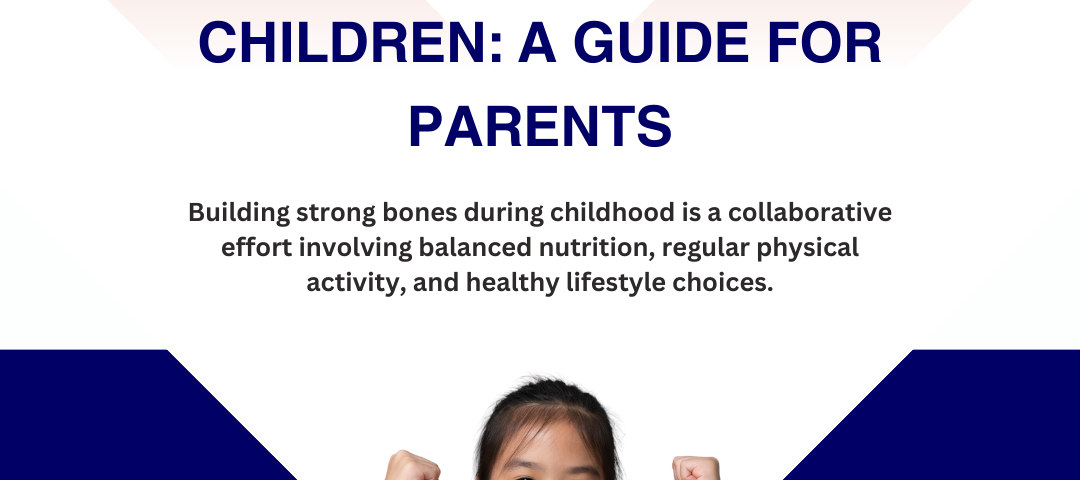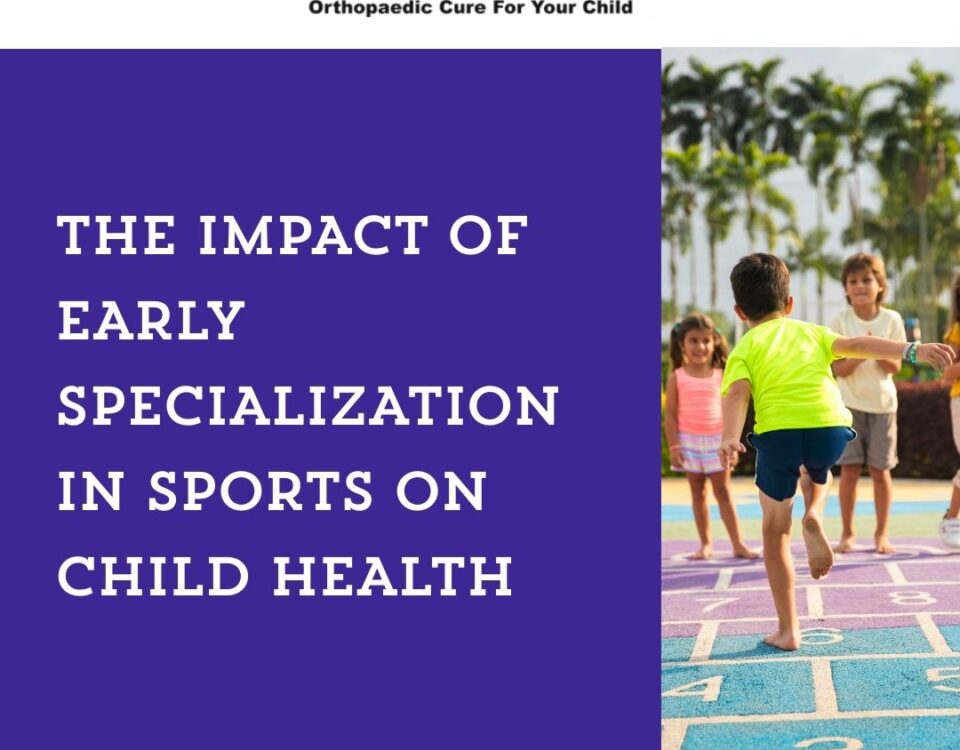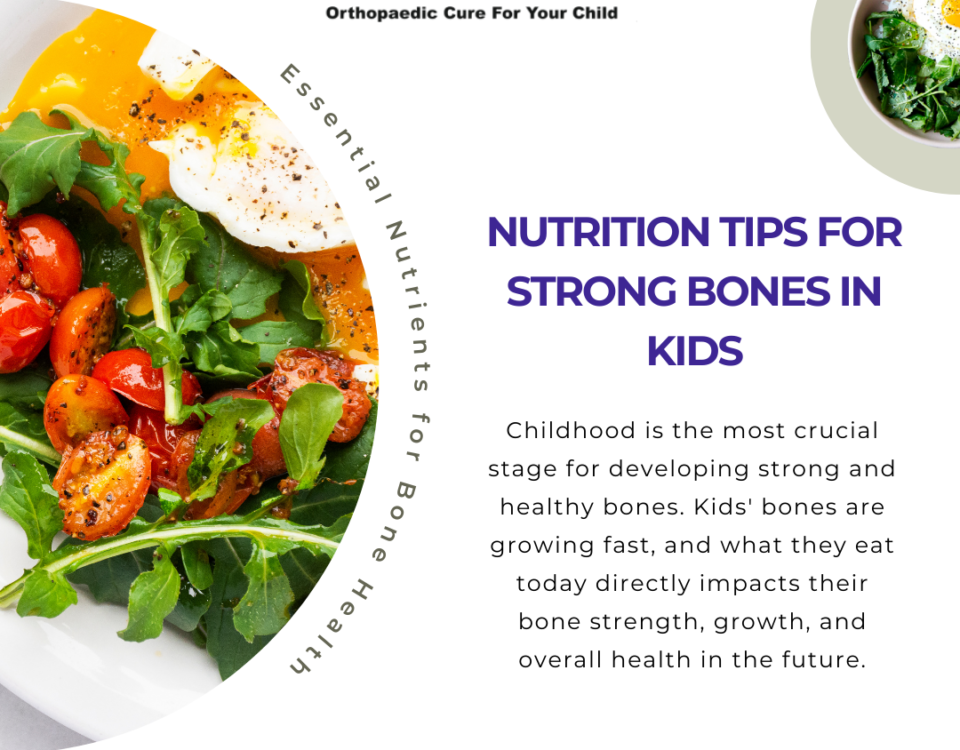Ensuring robust bone health during childhood lays the foundation for a lifetime of strength and resilience. As children grow, their bones develop rapidly, making it crucial to adopt habits that promote optimal bone density and structure. This guide explores the significance of bone health in children, the impact of modern lifestyles, and practical strategies to foster strong bones.
The Importance of Childhood Bone Health
Bones serve as the structural framework of the body, protect vital organs, and store essential minerals like calcium. During childhood and adolescence, bones undergo significant growth, reaching peak bone mass in the late teens to early twenties. Achieving higher peak bone mass during these formative years can reduce the risk of osteoporosis and fractures later in life.
Current Challenges to Children’s Bone Health
Modern lifestyles present several challenges to maintaining optimal bone health in children:
- Sedentary Behavior: Increased screen time and reduced physical activity can hinder bone development.
- Poor Dietary Choices: Diets high in processed foods and low in essential nutrients compromise bone strength.
- Vitamin D Deficiency: Limited sun exposure and inadequate dietary intake contribute to widespread vitamin D insufficiency among Indian children.
Strategies to Promote Healthy Bones
To counteract these challenges, parents can implement the following strategies:
1. Balanced Nutrition
A nutrient-rich diet is fundamental for bone development:
- Calcium: Vital for bone formation. Include dairy products, leafy greens, and fortified foods.
- Vitamin D: Facilitates calcium absorption. Encourage safe sun exposure and incorporate vitamin D-rich foods like fatty fish and fortified cereals.
- Protein: Supports bone matrix formation. Incorporate lean meats, legumes, and nuts.
- Vitamin C and K: Aid in collagen formation and bone mineralization. Offer citrus fruits, berries, and green vegetables.
Limiting the intake of ultra-processed foods is also crucial, as they may negatively impact bone health.
2. Regular Physical Activity
Weight-bearing and muscle-strengthening exercises stimulate bone growth:
- Activities: Encourage running, jumping, dancing, and sports like soccer or basketball.
- Duration: Aim for at least 60 minutes of physical activity daily.
Engaging in regular exercise during childhood can lead to sustained bone health benefits later in life.
3. Healthy Lifestyle Choices
- Limit Screen Time: Encourage outdoor play and physical hobbies over prolonged screen use.
- Adequate Sleep: Ensure children receive sufficient rest, as growth hormone released during sleep aids bone development.
- Avoid Smoking and Excessive Alcohol: Educate older children and teens about the detrimental effects of these substances on bone health.
Addressing Vitamin D Deficiency in Indian Children
Vitamin D deficiency is prevalent among Indian children, affecting 70-90% of the population. This deficiency can lead to rickets, stunted growth, and impaired bone health.
Recommendations:
- Sun Exposure: Encourage outdoor activities during morning or late afternoon hours to enhance vitamin D synthesis while minimizing the risk of sunburn.
- Dietary Intake: Include vitamin D-rich foods and consider supplements if necessary, under medical supervision.
The Role of Diet in Bone Health
A balanced diet plays a pivotal role in bone health. Incorporating foods rich in calcium, vitamin D, and other essential nutrients can significantly enhance bone strength.
Recommended Foods:
- Dairy Products: Milk, cheese, and yogurt.
- Leafy Greens: Spinach, kale, and broccoli.
- Nuts and Seeds: Almonds and chia seeds.
- Fortified Foods: Cereals and plant-based milks fortified with calcium and vitamin D.
Monitoring Bone Health
Regular health check-ups can help monitor bone development. In cases of frequent fractures or growth concerns, consulting a pediatrician or pediatric endocrinologist is advisable.
Conclusion
Building strong bones during childhood is a collaborative effort involving balanced nutrition, regular physical activity, and healthy lifestyle choices. By addressing current challenges and implementing these strategies, parents can significantly enhance their children’s bone health, laying the groundwork for a healthier future.






